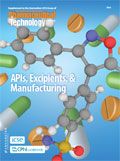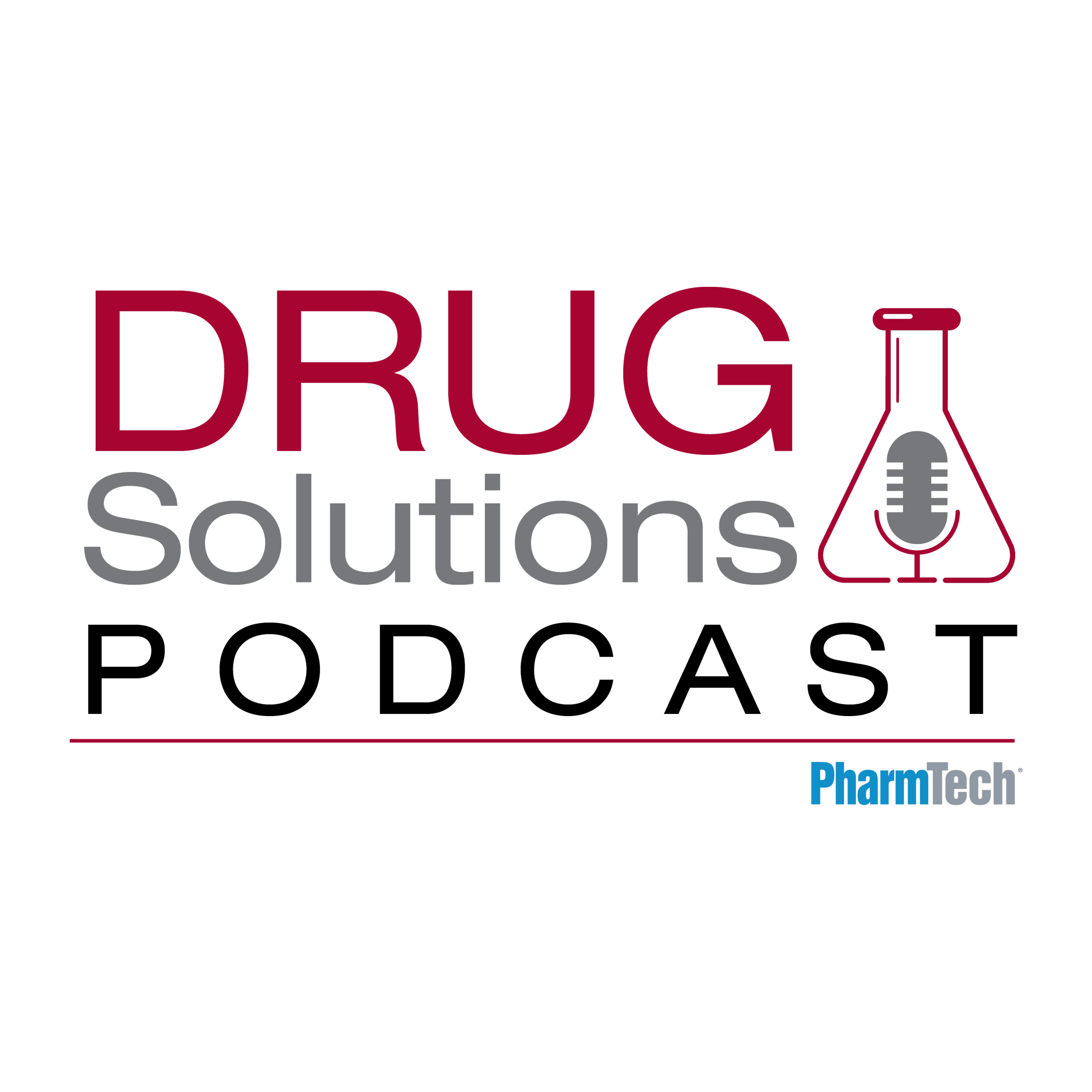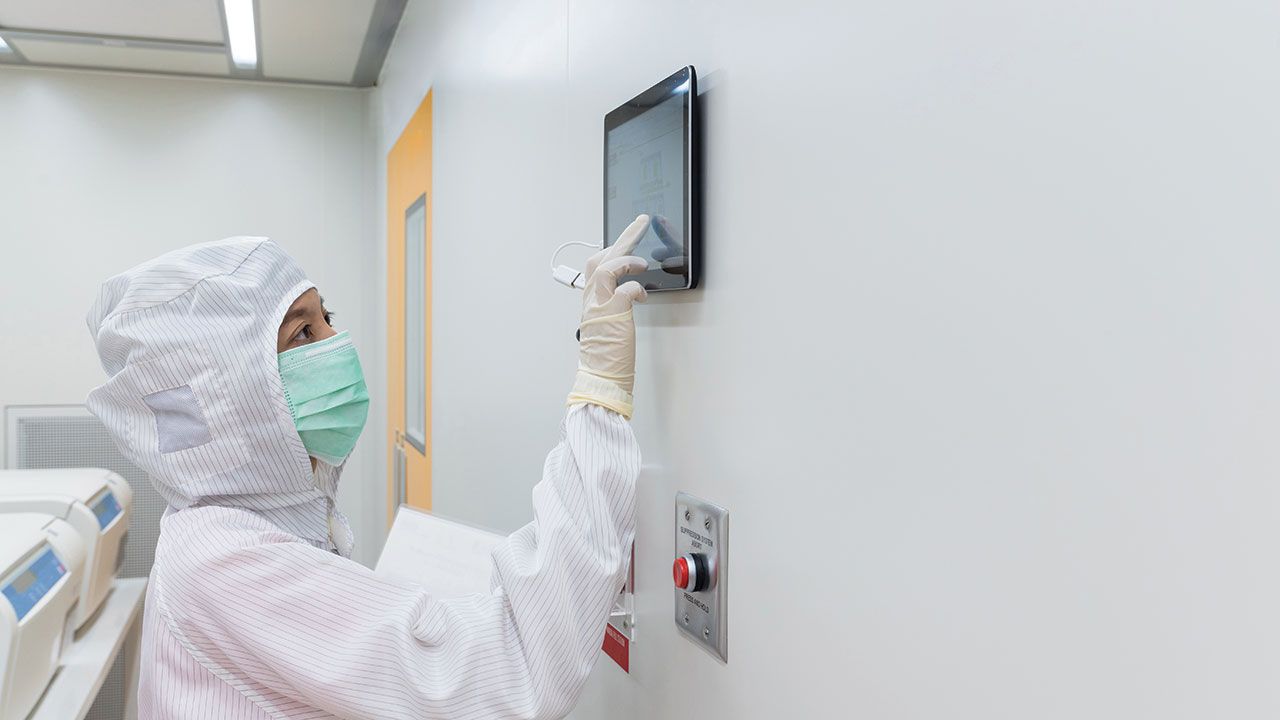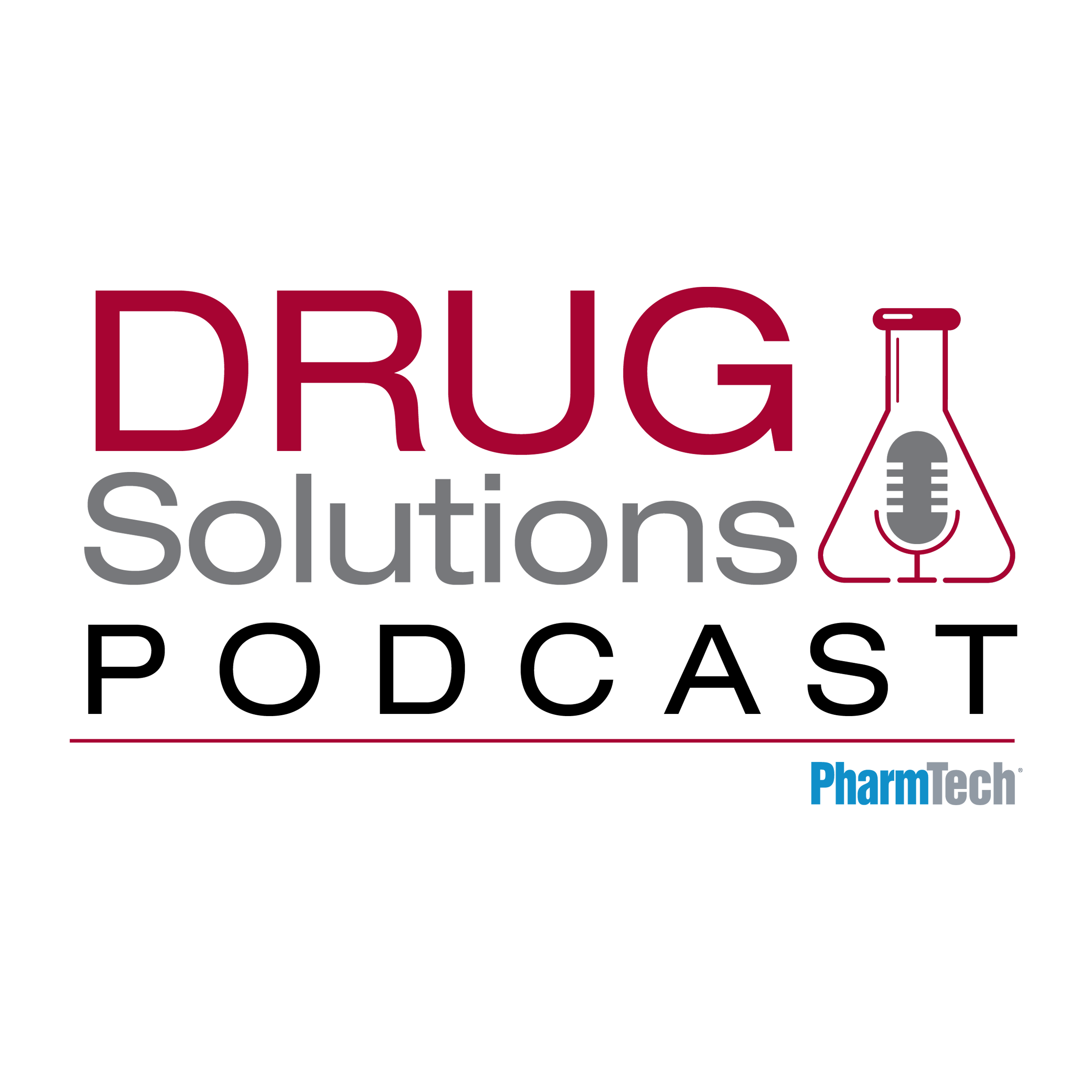News
Article
Pharmaceutical Technology
Plant Focus: High-Potency Manufacturing and Sustainability at Pfizer
Author(s):
Pfizer has two manufacturing facilities in Germany for high-potency manufacturing, respectively in Freiburg and Illertissen. Pharmaceutical Technology's Executive Editor Patricia Van Arnum visited the facilities and spoke to the company about the design and operation of these facilities.
SCALE, CAPABILITIES, AND CONTAINMENT
PharmTech: Can you explain how the Freiburg and Illertissen facilities complement each other in terms of scale and capabilities?
Holger Weyhers, director of pharmaceutical operations, Pfizer Illertissen: Pfizer has two Centers of High Containment (HC) Excellence in Germany. The Product and Process Development (PPD) facility in Freiburg focuses on product development, scale-up, and clinical supply. The Illertissen facility is focused on commercial-scale manufacture and packaging. Pfizer CentreSource (PCS), a commercial unit of Pfizer Global Supply, provides contract manufacturing and development-stage outsourcing services through these facilities. PCS recently expanded its suite of HC services to support earlier stage development in addition to commercial supply. Services and support available through PCS include drug-product formulation development, excipient studies, material characterization, compatibility studies, analytical method development, process analytical technology, product enhancement, ICH stability studies, and clinical supply.

A weighing isolator in the Pfizer facility in Freiburg, Germany, is used for dispensing highly potent compounds. (Image Courtesy of Pfizer)
Bernd Schuemmelfeder, director, PPD business development, Pfizer Freiburg: At PPD Freiburg, the focus is on highly potent solid dosage form development to ensure a smooth process transfer from laboratory (5–15 kg) via pilot (70 g) to commercial scale (150 kg). Our DevCon (Development Containment) facility was designed as a multiple module facility to provide flexibility during product development at scales of 5–150 kg. Pfizer's strategy is to have capacities in place to support early-stage candidates when limited tox data are available. Pfizer handles such early-phase compounds by default as Occupational Exposure Band (OEB ) 4 compounds. According to the Pfizer nomenclature, OEB 4 refers to compounds with an occupational exposure limit of smaller than 10 µg/m3.
Weyhers: The Illertissen site focuses on HC manufacturing and specialized packaging operations; the facility can handle compound classes, including highly active compounds, cytotoxics, and hormones. Our three containment suites accommodate a portfolio of medium- to large-volume products, with batch sizes of 80–700 kg. Containment facilities are highly automated, and follow the "engineered containment" philosophy (i.e., a best-in-class environmental health and safety approach in line with current regulatory requirements). The processes in the NEWCON facility and our smaller scale ICON facility are fully automated and remotely controlled, thus there is no contact whatsoever between operator and product.
The Illertissen facility received ISPE's 2008 "Facility of the Year Award" for process innovation and garnered the overall ISPE 2008 "Facility of the Year Award." The facility's innovative "cell concept" layout (in contrast to the more traditional modular design) and the automated remotely run production processes previously described incorporate the current aspects of process visualization, manufacturing execution systems, process visualization, masterbatch recording, and electronic batch recording.
CONTAINMENT AND SUSTAINABILITY
PharmTech: Can you describe the containment approach at the Freiburg facility and its sustainability features?
Schuemmelfeder: DevCon has been designed as a multiple module facility to provide best flexibility during product development ranging from 1 to 150 kg. Our PPD group, and its facilities are an integral part of Pfizer's manufacturing site in Freiburg, which received the ISPE 2011 Facility of the year Award for Sustainability. The design of the Freiburg facility incorporates a range of eco-friendly technologies, such as geothermal energy for cooling and heating, adiabatic cooling , and other sustainable building design elements (photovoltaics, energy monitoring, and performance windows, for example.) We also introduced greener laboratory techniques. Subsequently, we have achieved notable improvements in HVAC (heating, ventilation, air conditioning) energy consumption levels. As a result, we are now generating some 93% of total plant energy from renewable energy technologies.
Newsletter
Get the essential updates shaping the future of pharma manufacturing and compliance—subscribe today to Pharmaceutical Technology and never miss a breakthrough.






